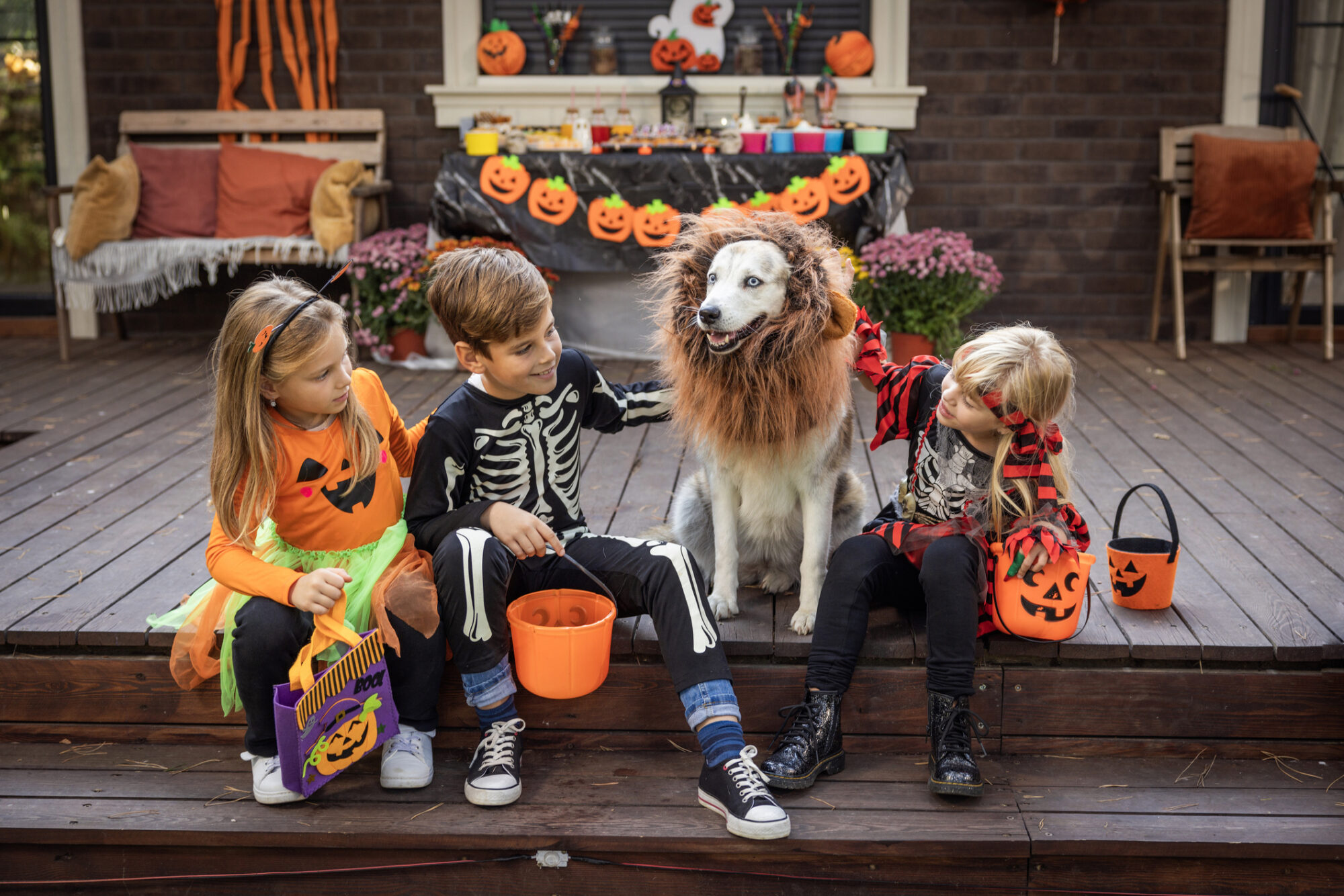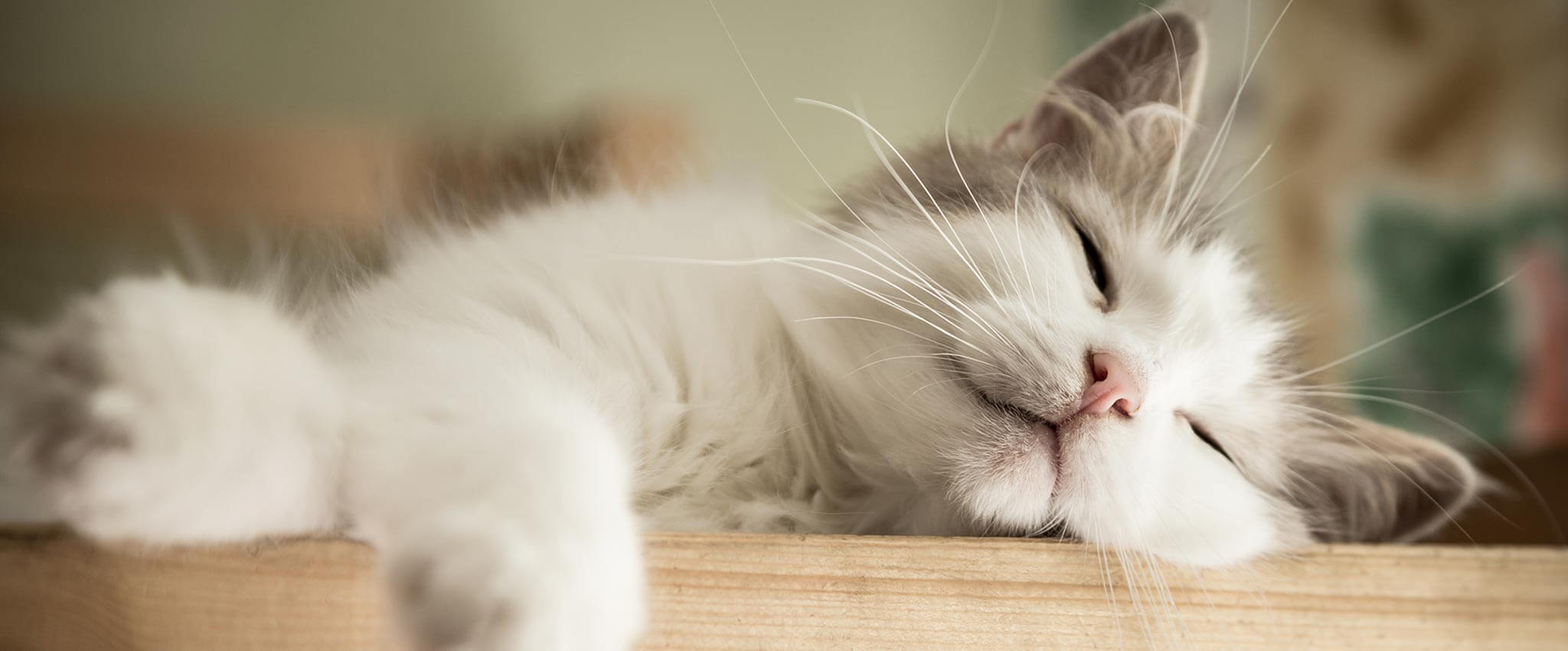Halloween Safety Tips for Pet Owners

There’s no bones about it: Halloween is one of the best holidays of the year, and certainly the highlight of the fall season for many families. Between all of the exciting and fun seasonal activities, parades, displays, and outings, focusing on pet safety and wellness can become a bit of afterthought. We can help you stay on track with a proactive approach to Halloween pet safety.
Halloween Pet Hazards
Unfortunately, there are numerous possible hazards related to Halloween, with several being prevalent throughout the entire fall season. The good news is that we have the time to prepare a defense against loss/separation, illness, or injury.
Say No to Chocolate
Dogs simply cannot resist chocolate. Perhaps the impulse comes from the shiny, crinkly wrappers, the smell, or the decadent flavor. Regardless of why they can’t help themselves when it comes to chocolate, the fact is that it’s 100% to their detriment.
Depending on the type of chocolate and the amount consumed, symptoms of toxicity range between serious to possibly life-threatening. Vomiting, shaking, tremors, and any changes to behavior should signal a veterinary emergency.
Sugar Free Candies
Xylitol is a common sugar substitute found in candy, gum, peanut butter, and baked goods. Even a very small amount can lead to weakness, seizures, liver failure, and loss of coordination. Xylitol poisoning can be very serious; seek help right away.
Before & After Trick-or-Treating
The sights and sounds of Halloween can be thrilling, but they can also freak a pet out to the point of running away. Please be sure that your pet’s microchip is up to date and purchase new ID tags and a collar if these are worn.
On Halloween (and the days leading up to it), it’s best to not let your pet out to roam around unattended. Always have a safe, quiet space for them to retreat to. Purchase a white noise machine to filter out noise, and give them an opportunity to exercise before the trick-or-treaters arrive. Alternatively, turn off your exterior house lights and have a quiet night in with your best friend.
Pet Costumes
Pet costumes are really fun and festive but should only be used with extreme caution. Even if a pet appears at ease at the start of wearing a costume, they may quickly find it hot, scratchy, tight, and irritating. Watch carefully for any signs of distress and remove the costume promptly.
Generally, pet costumes should:
- Must fit properly without restricting movement or vision
- Be breathable and soft
- Not have any embellishments that could become hazardous
Stay Clear of Glow Sticks
When kids bring glow sticks inside after trick-or-treating, pets—particularly cats—often find them appealing. If a pet punctures a glow stick, the liquid, though usually labeled non-toxic, is extremely bitter and can cause distress. Signs of this can include a pet becoming hyper and racing around the house, or even beginning to drool.
Halloween Pet Safety
If you need any help to prepare for Halloween this year, please give our team at MarketPlace Veterinary Hospital a call at (916) 939‑1705.

